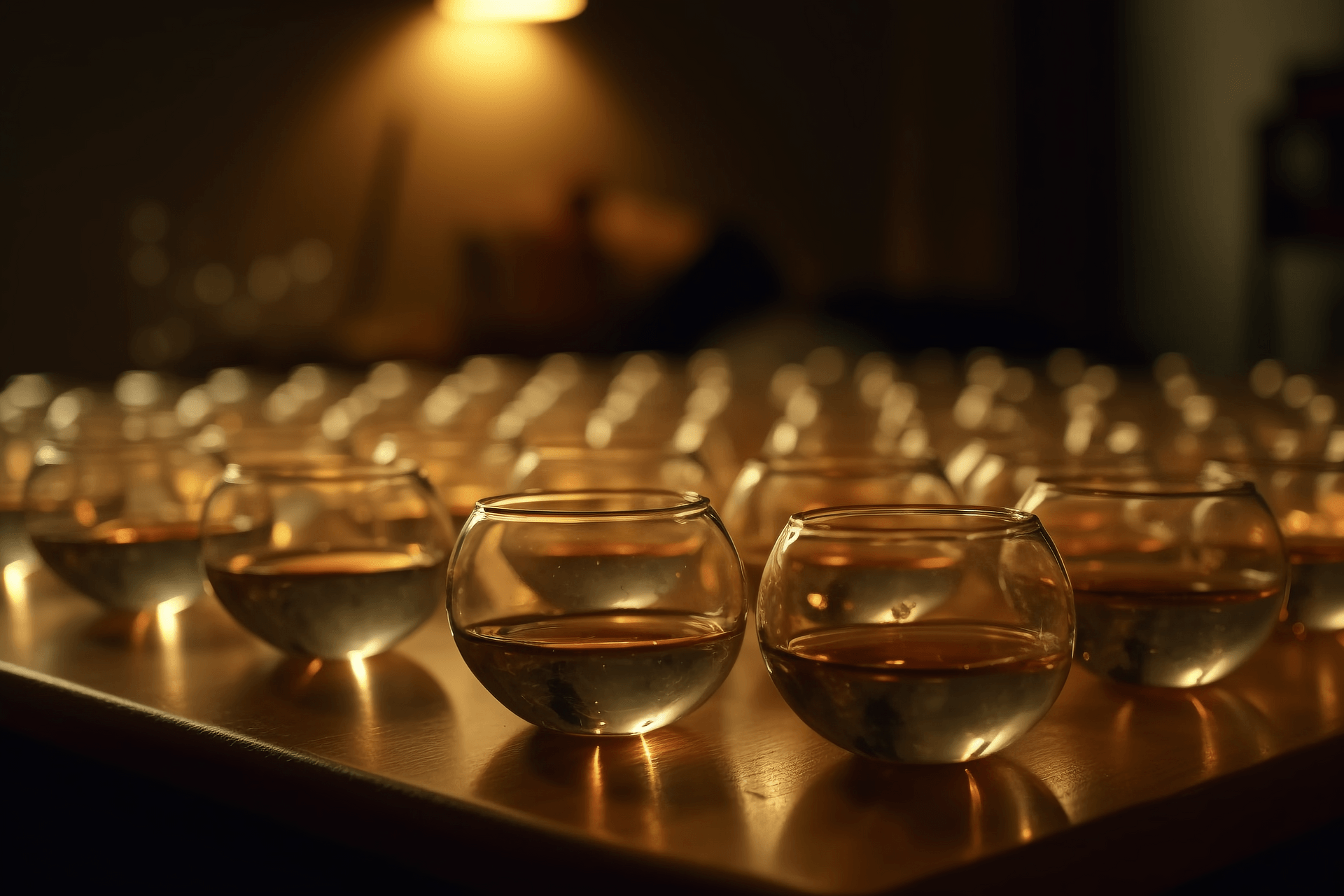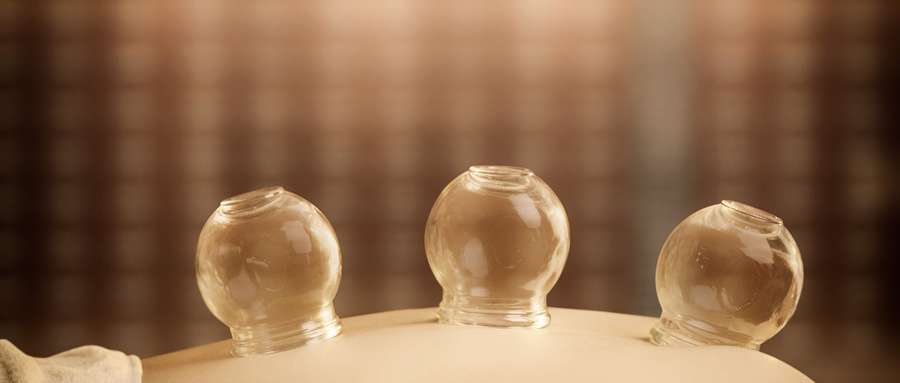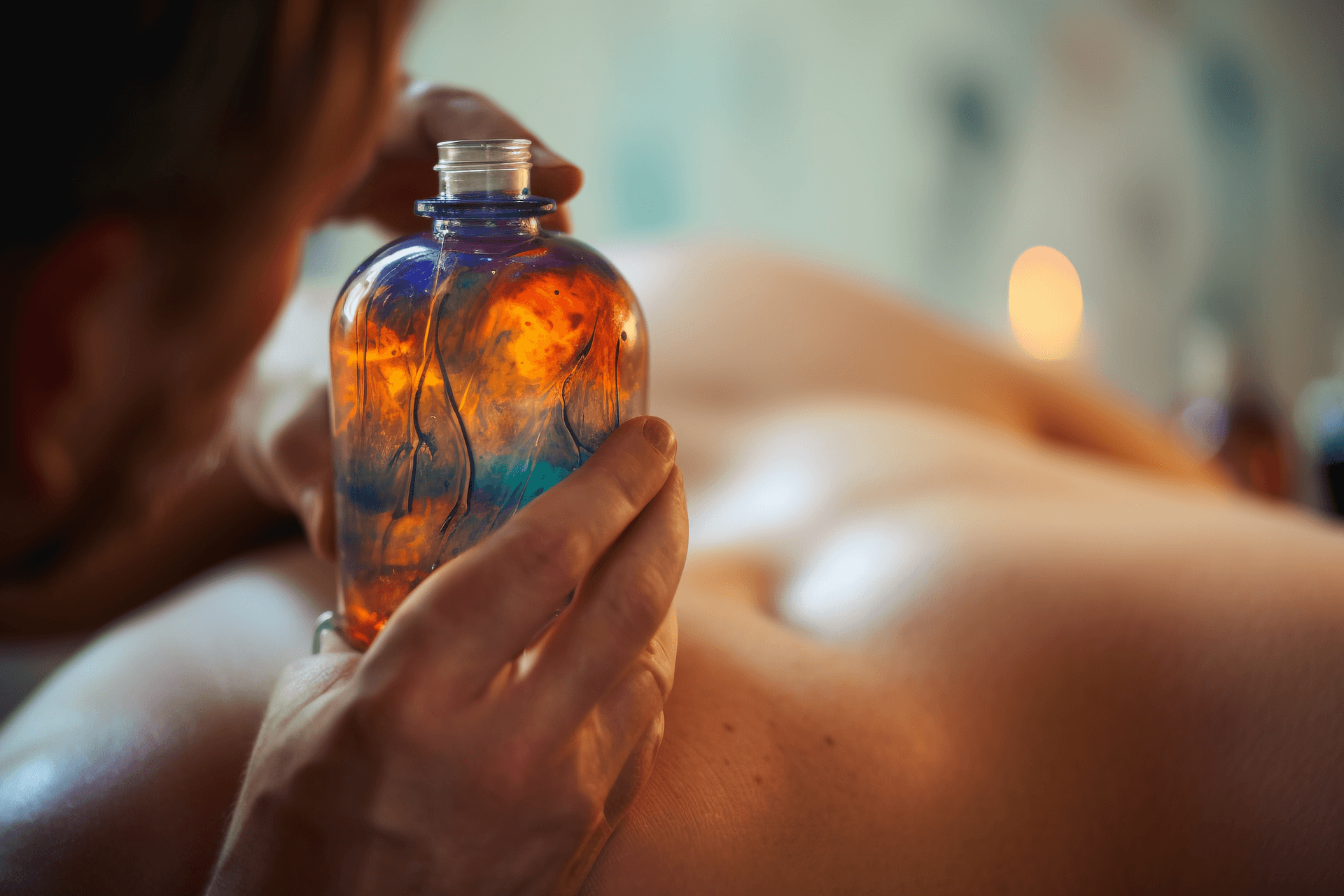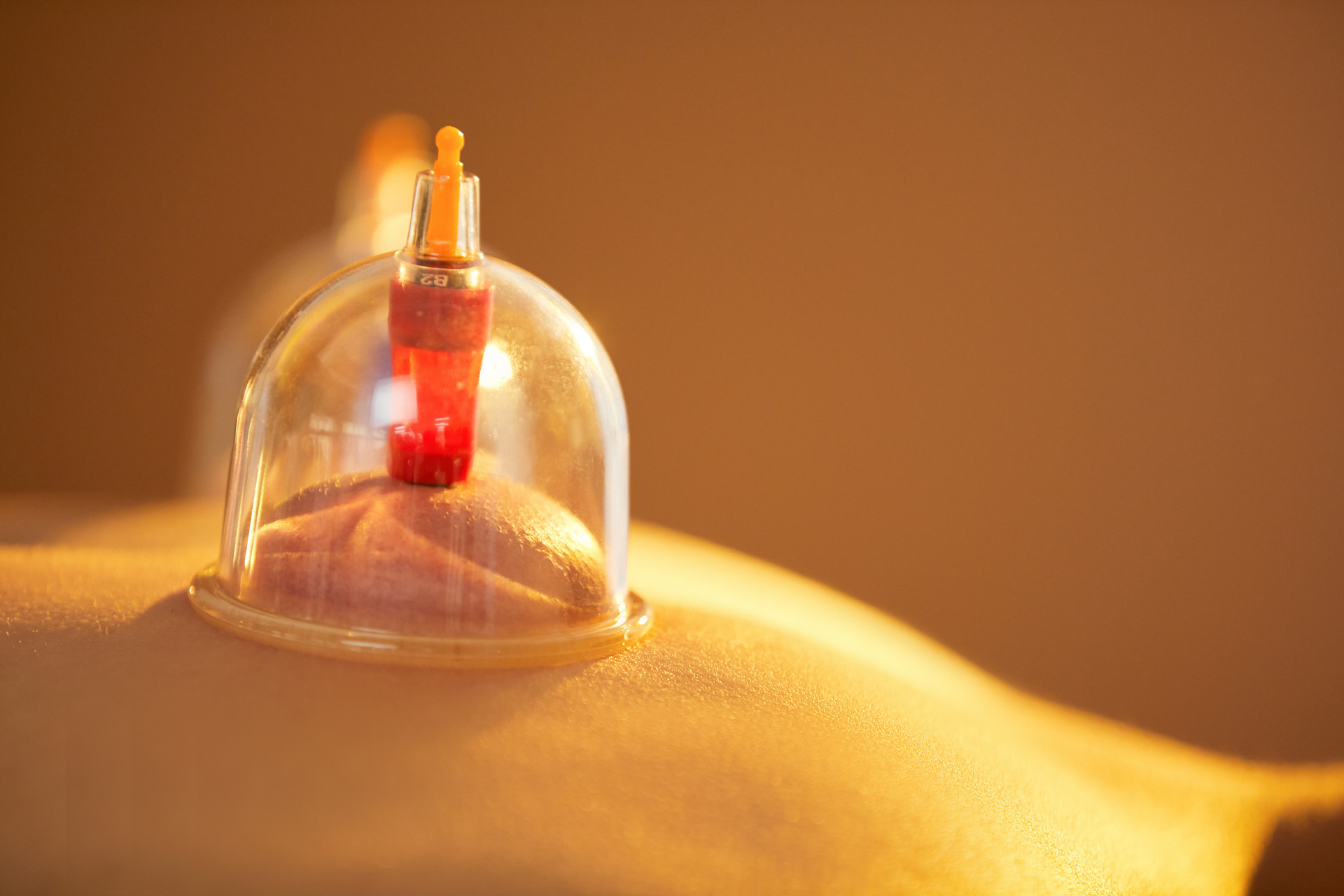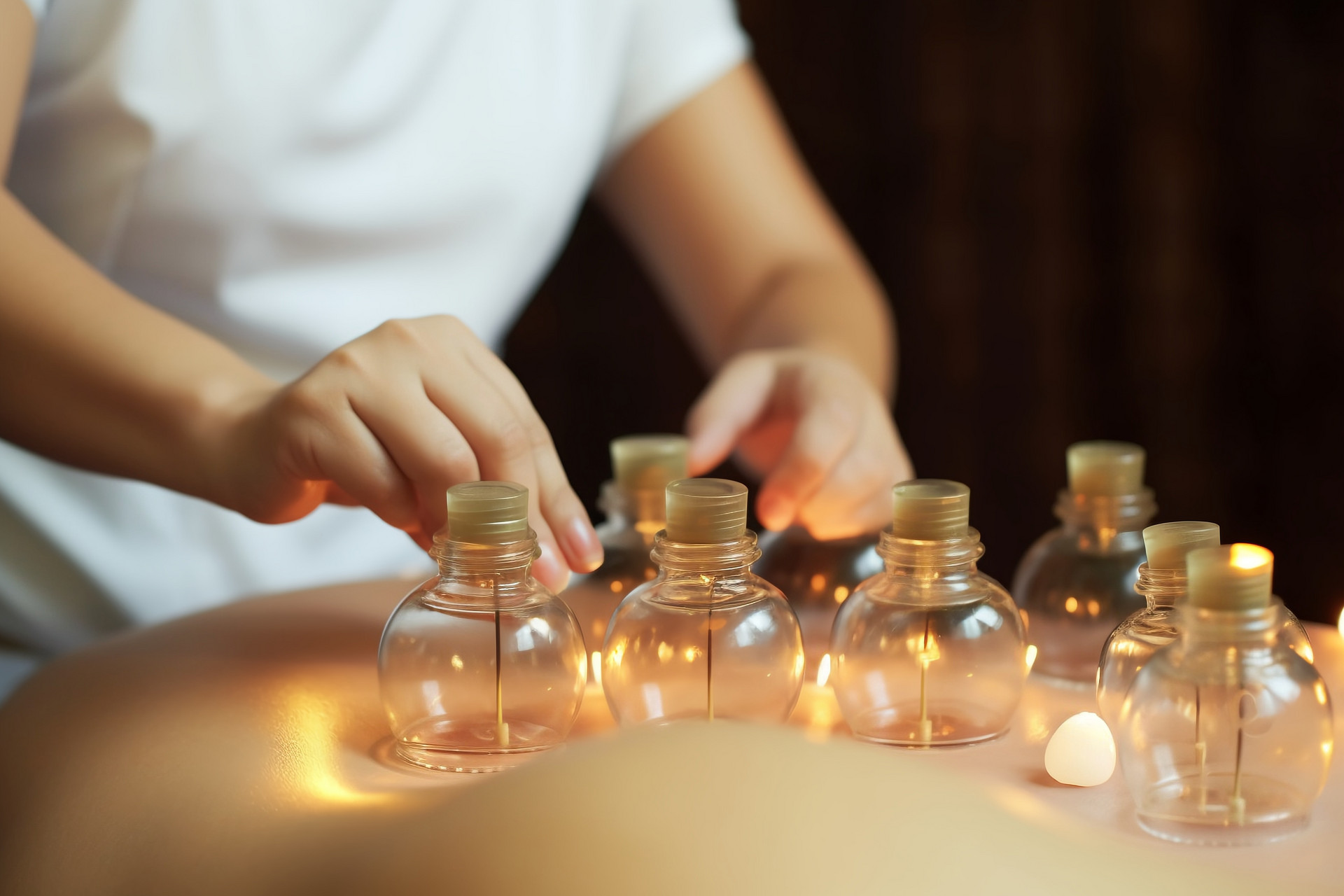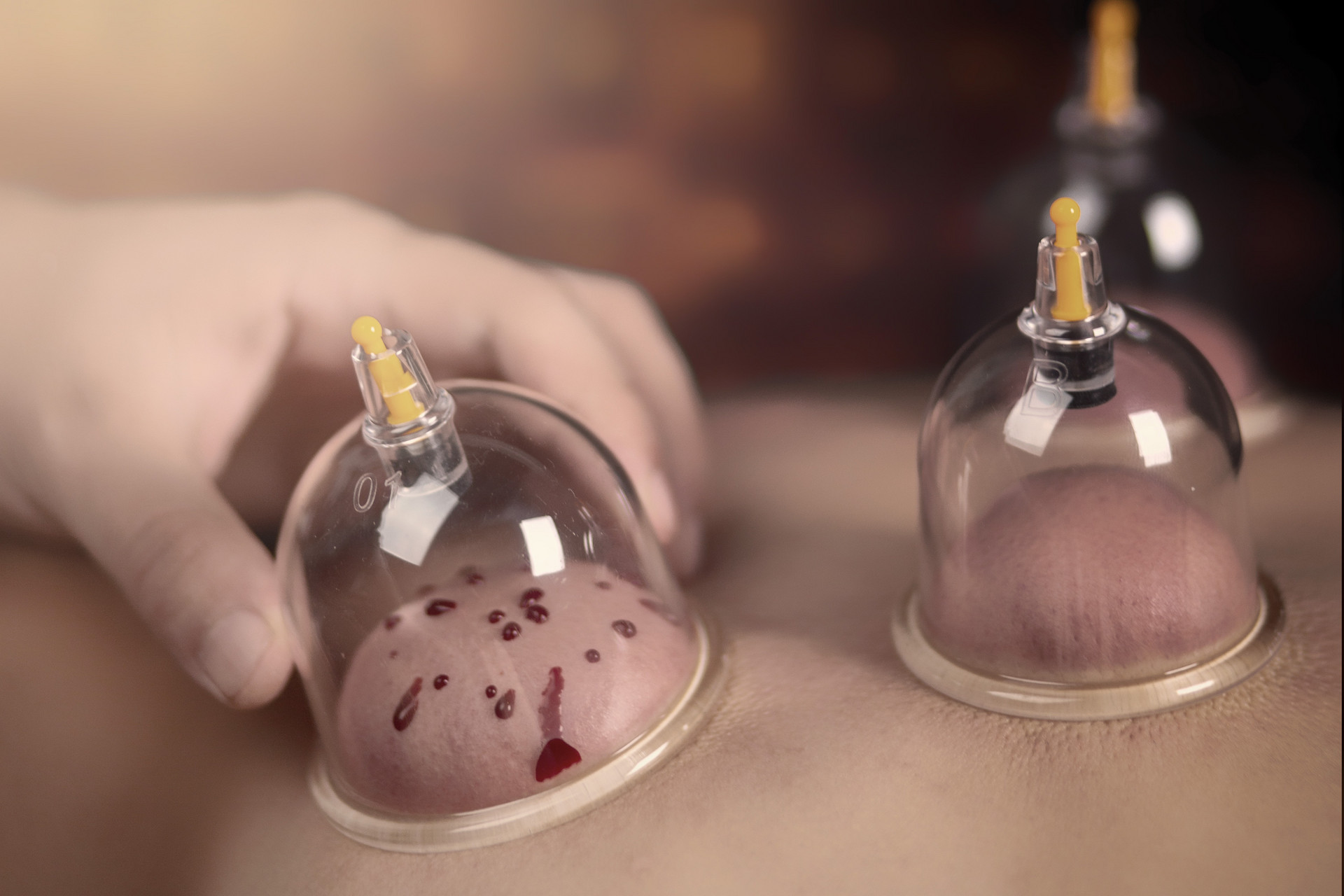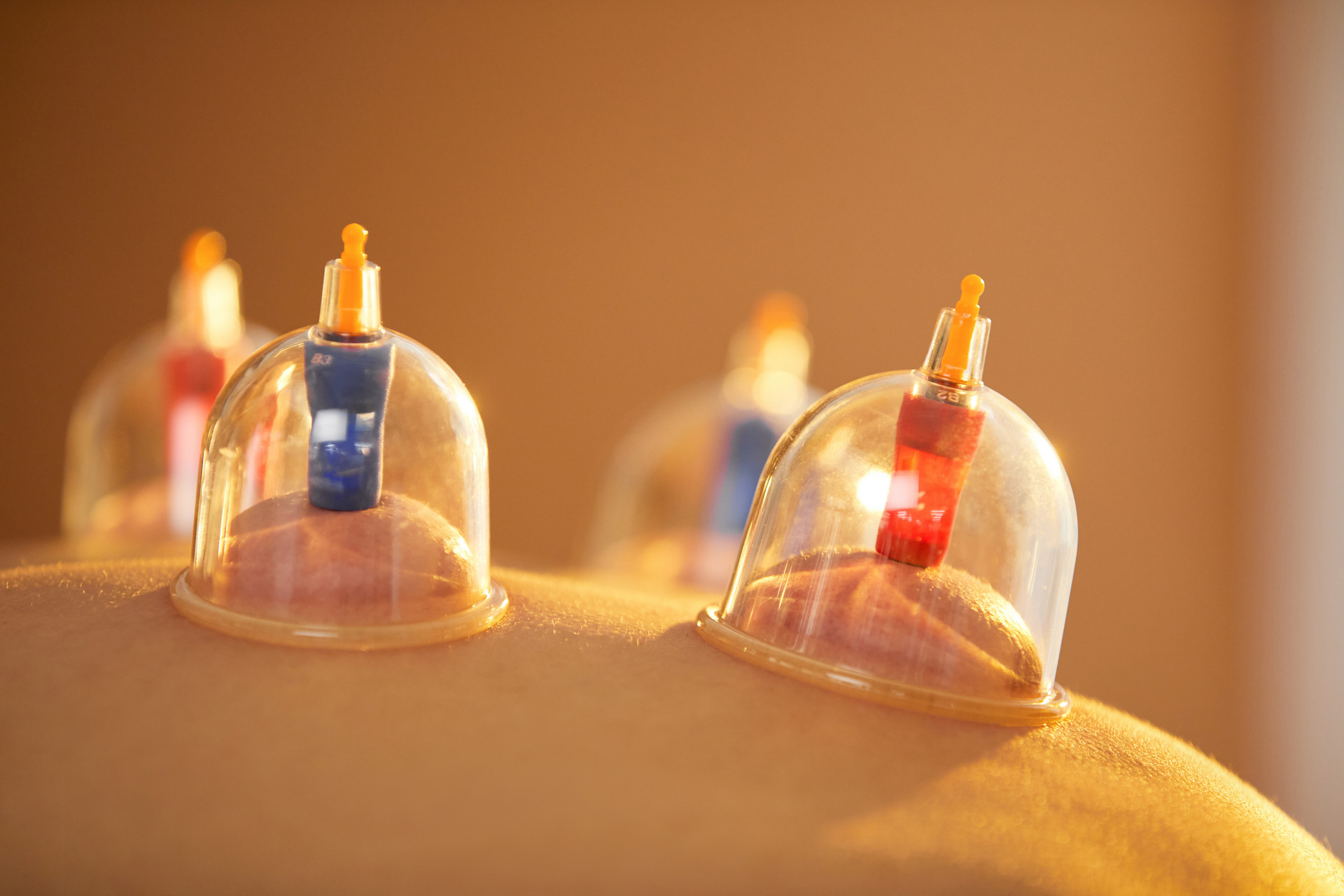Cupping, also known as "horn method" in ancient times, mainly accelerates blood circulation, promotes metabolism, and has medical and health effects through mechanical stimulation, negative pressure, and thermal effects. It is especially suitable for patients with chronic diseases. Cupping seems simple, but improper operation can easily lead to problems.
The most common injury is burns
The possibility of direct death caused by cupping is very small, but during the cupping process, the sudden onset of certain underlying diseases in patients may cause sudden death, such as heart disease. A very small number of patients may faint or even go into shock during cupping. This is mainly due to the patient being overly nervous during the first cupping, being overly sensitive to pain, being physically weak or exhausted due to excessive hunger or fullness, or excessive suction force or prolonged cupping time. If cupping is performed by non-professionals, accidents are prone to occur. Improper ignition can cause burns or scalds on the body. For example, the singer Qi Qin was burned because of cupping. If the used cups are not thoroughly disinfected and cleaned, it may cause skin diseases.
The cups should not stay on the skin for more than 10 minutes. Relatively speaking, those who are strong and sturdy may need a longer time, while those who are relatively thin and weak need a shorter time. It is more suitable to use vacuum suction cups for self-cupping at home. Although they do not have the same effectiveness as fire cups, they are safer.
Dark skin color does not necessarily indicate a serious illness
Cupping has the function of dredging meridians and dispelling dampness, so it can treat a wide range of conditions, such as rheumatism, back pain, headache, dysmenorrhea, cold, cough, asthma, indigestion, abdominal pain, and various neurological paralysis symptoms. Cupping is most effective in treating old injuries and chronic limb pain. If local pain relief is not obvious after several cupping sessions, it is necessary to see a doctor and not be careless to avoid delaying the condition.
It should be reminded that some people are not suitable for cupping, such as leukemia and hemophilia patients; those with skin allergies, overall emaciation, or loss of skin elasticity; certain tumor patients; those with weak constitution, children, pregnant women, etc. Some special areas are also not suitable for cupping, such as the middle of the navel (Shenque acupoint), superficial blood vessels, chest wall, delicate skin areas, scar areas, nose, eyes, nipples, prominent bone areas, areas with loose skin folds, or areas with local skin abrasions.
Many people think that the darker the color left on the skin after cupping, the heavier the wind, dampness, or stasis in the body. In fact, this statement is not accurate. The depth of color is related to the duration of cupping and the intensity of negative pressure. The reason why the skin turns purple after cupping is mainly due to the rupture of capillaries. It may initially appear red, but it will turn purple if there is prolonged bleeding. Therefore, there is not much basis for judging whether there is excessive cold, dampness, internal heat, or deficiency heat based on the color left after cupping. After cupping, you must not take a bath immediately, as it can easily cause skin damage and inflammation. However, cupping can be done after taking a bath.


